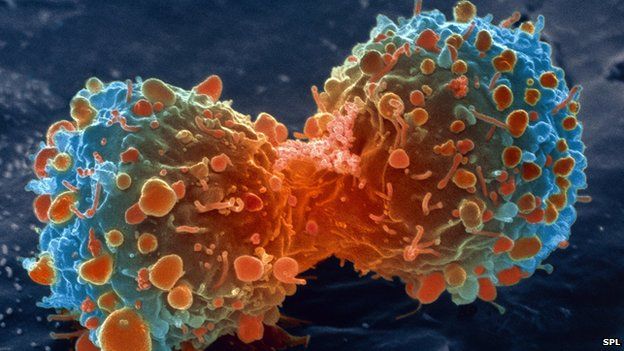Female lung cancer cases top 20,000
- Published

Cases of lung cancer in women have reached 20,000 a year in the UK for the first time since records began.
The figure for 2012 represents a rise from 14,000 in 1993, according to the data compiled by Cancer Research UK.
It means the rate of lung cancer in the female population has risen by 22% to 65 cases per 100,000 people.
The trend is the opposite of what is happening with men and is linked to smoking, which peaked in men in the 1940s but in women peaked in the 1970s.
About 24,000 men are diagnosed with lung cancer each year, which means it is the second most common cancer for both sexes.
'Devastating'
Prof Caroline Dive, from Cancer Research UK, said: "It really is devastating to see that the number of women diagnosed with lung cancer continues to climb.
"We also know survival remains poor and one of the problems is that lung cancer tends to be diagnosed at a late stage when it has already spread."
That makes it hard to treat and as a result lung cancer claims the lives of 35,000 people each year.
Just 10% of people live for five years after diagnosis - compared with more than 80% for breast and prostate cancer.
Prof Dive said efforts were being made to tackle this with lung cancer one of its key priorities of its research strategy.
The work focuses on a new technique to carry out a biopsy using magnets to capture rogue cancer cells in the blood of patients - potentially providing vital information on the biology of the disease, which could help improve treatment.
But as well as investing in new treatment techniques, Nell Barrie, senior science communication manager at Cancer Research UK, said: "It's vital that we keep on fighting against lung cancer.
"It's the biggest cancer killer in the UK so the government and health service must work to help smokers quit by providing more stop smoking services to help people give up this deadly addiction."
- Published26 May 2015
- Published11 February 2015
- Published3 June 2014